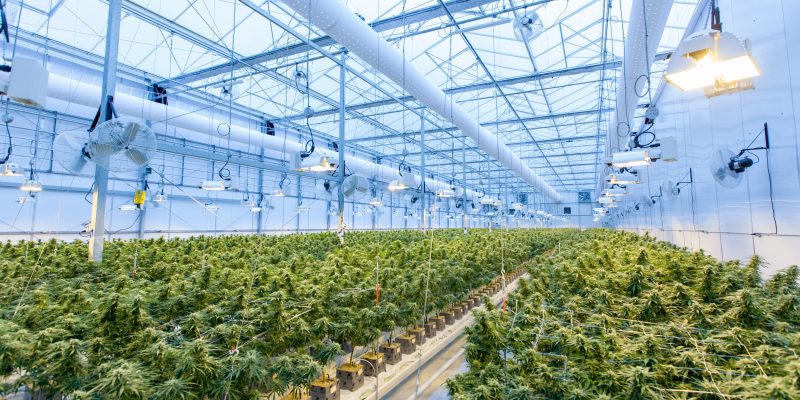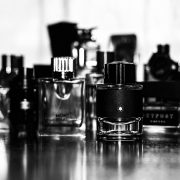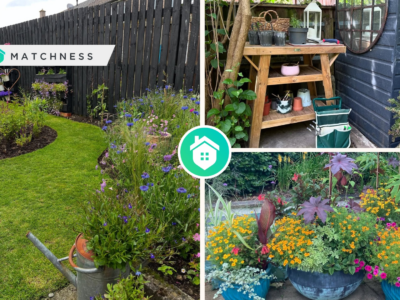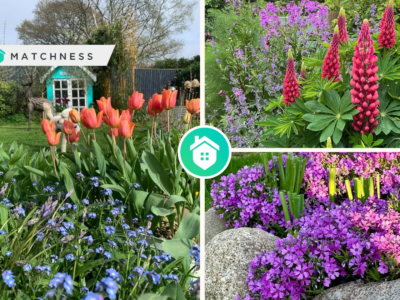Having the right light fixture is essential for successful indoor plant growth as it maximizes the number of photosynthetic effects that occur. Find out in this blog article, how to effectively choose a grow light for your plants and what considerations you should bear in mind when investing in one!
What are the Benefits of using a Grow Light for Plants?
LED Grow bulb provides a source of artificial light for plants. They are typically used in commercial and industrial applications, but can also be used in the home.
Grow lights can be used to supplement natural sunlight, or they can be the sole source of light for indoor plants. supplemental light can help plants grow faster, induce flowering, and increase yields. It can also help to extend the growing season by lengthening the number of daylight hours that plants receive.
For indoor plants that do not receive any natural sunlight, growth lights are essential. Without a source of artificial light, these plants would not be able to photosynthesize and would eventually die.
Grow lights come in a variety of shapes, sizes, and wavelengths. The type of grow light you need will depend on the plant species you are growing, as well as your specific goals (e.g., faster growth, and increased yields).
Some common types of grow lights include fluorescent bulbs, high-intensity discharge (HID) lamps, and LED Grow Lights Each type has its own advantages and disadvantages that should be considered when choosing a grow light for your plants
Types of Grow Lights and their Uses
For most indoor plants, including climbing plants, grow lights are the best way to ensure they get enough light. But with so many different types of grow lights on the market, it can be hard to choose the right one for your plants. In this article, we’ll help you understand the different types of grow lights and their uses, so you can choose the best grow light for your climbing plants.
There are two main types of grow lights: artificial and natural. Artificial grow lights are created using bulbs that emit specific wavelengths of light, while natural grow lights come from the sun. Each type has its own advantages and disadvantages, so it’s important to choose the right one for your needs.
Artificial Grow Lights
Artificial grow lights are often used in greenhouses and indoor gardens. They can be used to supplement sunlight or as a sole source of light for plants. Artificial grow lights come in a variety of shapes and sizes, and each type emits a different wavelength of light. The most common types of artificial grow lights are fluorescent, metal halide, and high-pressure sodium lamps.
Fluorescent Lights: Fluorescent lights are one of the most popular types of artificial grow lights because they’re inexpensive and emit a cool, white light that is easy on the eyes. Most fluorescent lights need to be replaced every 12 months or so.
Metal Halide Lights: Metal halide lights emit a bright white light that is similar to sunlight. These lamps
How to Choose the Most Suitable Type of Grow Light for Your Needs?
When it comes to choosing to grow lights for your climbing plants, there are a few things you need to take into account in order to make sure you’re picking the most suitable option for your needs.
First of all, you need to consider the different types of grow lights that are available on the market. There are LED grow lights, HPS grow lights, and MH grows lights, among others. Each type of light has its own advantages and disadvantages, so you need to pick the one that’s best suited for your particular needs.
LED grow lights, for example, are very energy-efficient and produce very little heat. However, they tend to be more expensive than other types of grow lights. HPS grow lights, on the other hand, are less energy-efficient but produce more heat. This makes them ideal for plants that require extra warmth to thrive.
Once you’ve decided on the type of light you need, you also need to take into account the intensity of the light. Grow lights come in different wattages, so you need to choose one that’s powerful enough to adequately illuminate your growing area without being too strong and causing damage to your plants.
Finally, you also need to consider the color temperature of the light. Different colors of light can have different effects on plants, so you need to choose a color that’s conducive to healthy growth. Warm white or cool white LEDs are typically a good option for most plants.
Conclusion
In this article, we’ve looked at six of the best grow lights for climbing plants. We hope that our reviews and buying guide have helped you select the perfect product for your needs. Remember to take into consideration the size of your grow area, the type of plants you’re growing, and your budget when making your final decision. With a little bit of research and care, you can create a thriving indoor garden that will provide you with fresh fruits, vegetables, and herbs all year round.




















